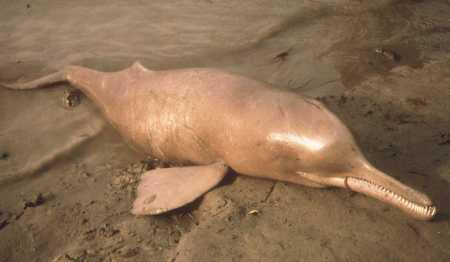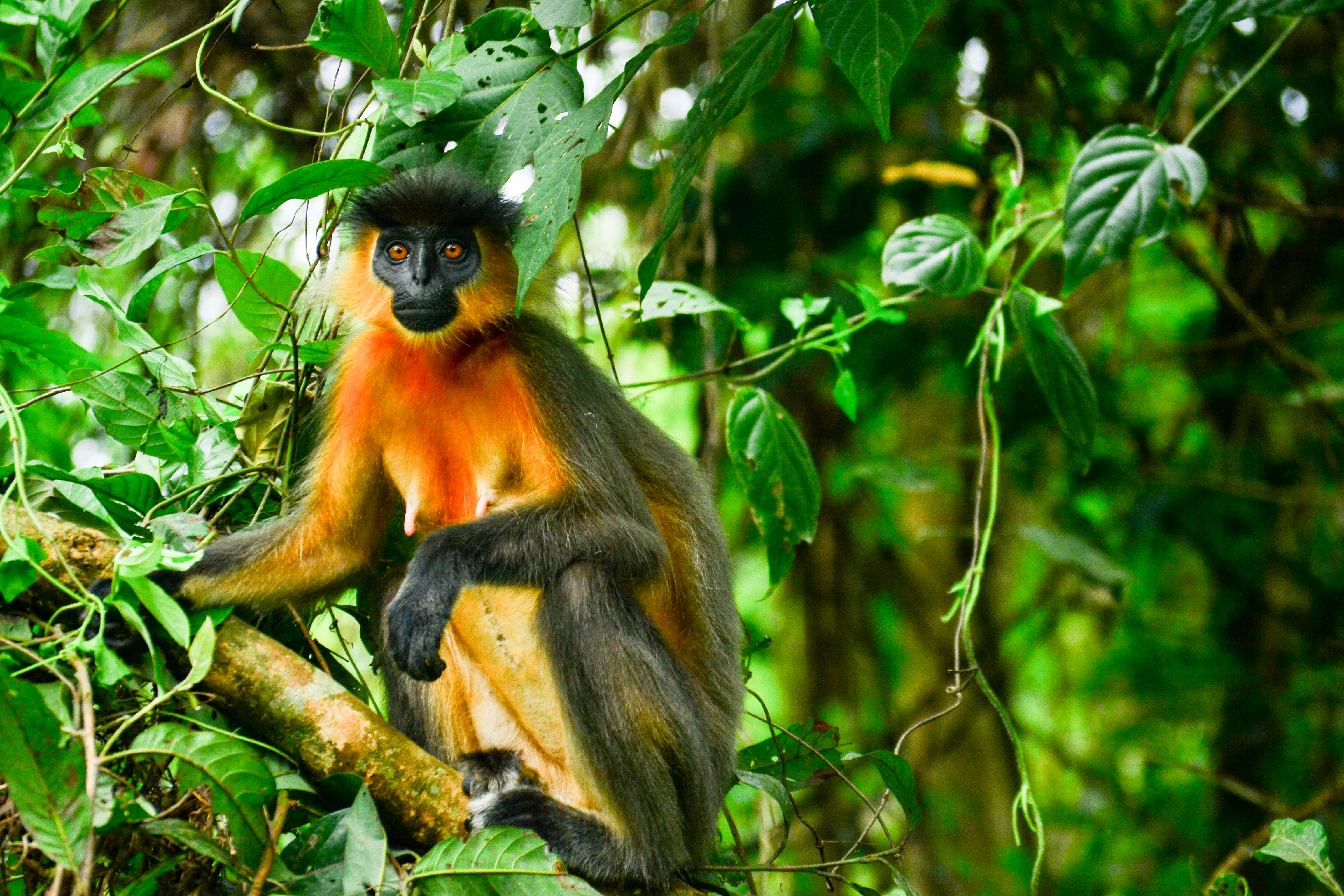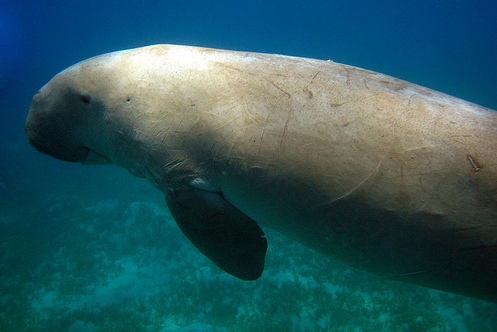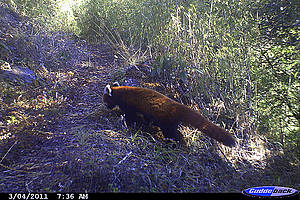#1
Gangetic river dolphins were declared as the National Aquatic Animal of India in 2009.
#2
They are also known as Susu, Hihu, Blind dolphin, Ganga river dolphin, side swimming dolphin and South Asian river dolphin.
#3
The Gangetic river dolphin is one of the four freshwater dolphin species in the world. The other three are the baiji now likely extinct from the Yangtze river in China, the bhulan of the Indus in Pakistan and the boto of the Amazon River in Latin America.
#4
The dolphin inhabits the Ganges-Brahmaputra-Meghna and Karnaphuli-Sangu river systems of Nepal, India, and Bangladesh.
#5
Ganges river dolphins are listed as Endangered in the IUCN Red List. The overall population is estimated to be between 12,000 and 18,000 in the world.
Also Read: 19 Gangetic dolphins spotted on Ganga river stretch in Fatehpur
#6
The Ganges river dolphin is blind as the eyes lack lens but it can detect only the direction of light.
#7
Sound is everything to this freshwater dolphin. They navigate, feed, escape danger, find mates, breed, and nurse babies by echolocation. The animals emit sounds to the surrounding and listen to the echoes of those calls that return from various objects near them to perceive distance, shape and size.
#8
The dolphin has the peculiarity of swimming on one side so that its flipper trails the muddy bottom. This behaviour is understood to help it to find food.
#9
The Dolphin can not breathe in the water. It surfaces every 30-120 seconds to breathe in fresh air as it is a mammal. Because of the noise it makes while breathing the Gangetic river dolphin is also known as the ‘susu’.
#10
These dolphins prefer water that is at least 5ft to 8ft deep. They live in a zone where there is little to no current to conserve energy. For feeding they swim near the edges of the water, catch the fish and come back. If they sense danger, they can dive into deeper waters. They cannot chew and usually swallow the prey whole.
Also Read: Bihar Houses stable Population of Gangetic Dolphin
#11
Dam creation, barrages, irrigation projects and fishing are activities that are dividing and isolating populations of the Ganga river dolphin, significantly reducing its range.
#12
Poachers kill them for their flesh, fat and oil. They are also sometimes injured by machines in the water or accidentally caught in fishing nets.
#13
Ganga river dolphins are an indicator of a healthy ecosystem. They are the apex predators in the freshwater food chain and there presence indicates that the water is clean and there are good number of prey species such as fish, turtles, crustaceans etc.
Learn more about the Ganges river dolphin through WWF
Did you enjoy reading about the Ganges river dolphin? Your contribution (of as little as Rs.50/-) can help us in bringing to you more stories about lesser known species of India. Do support our work by clicking HERE.









